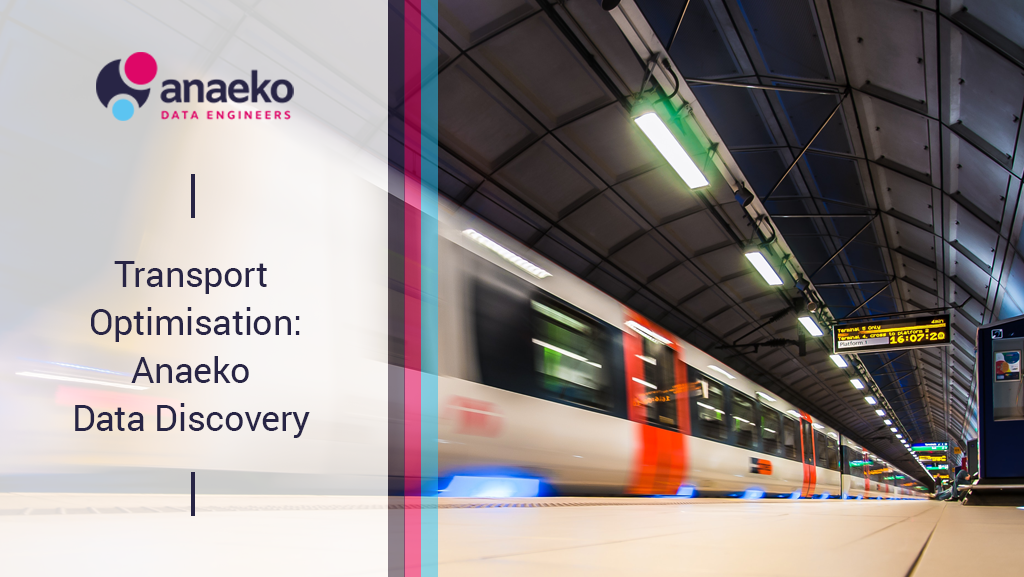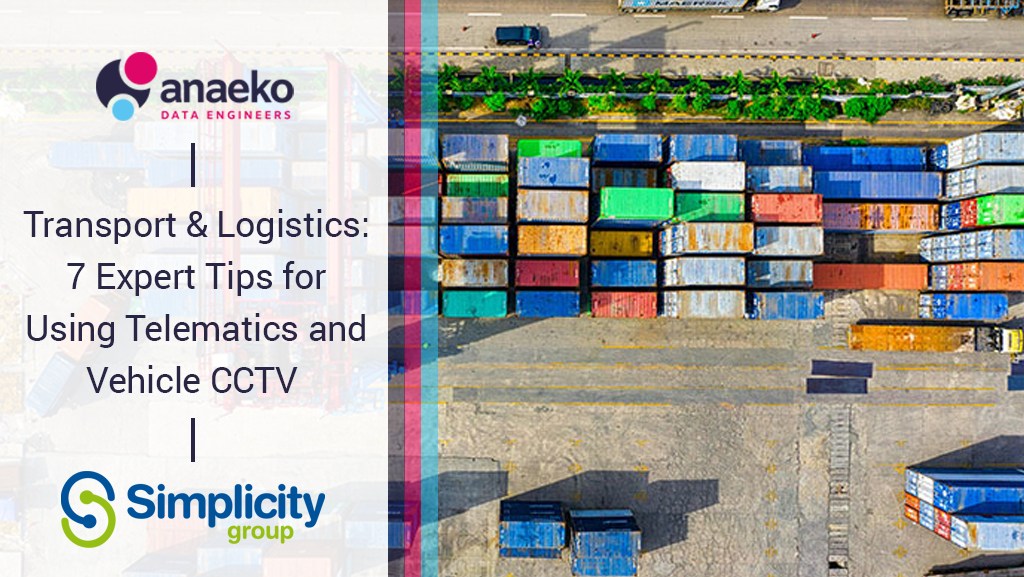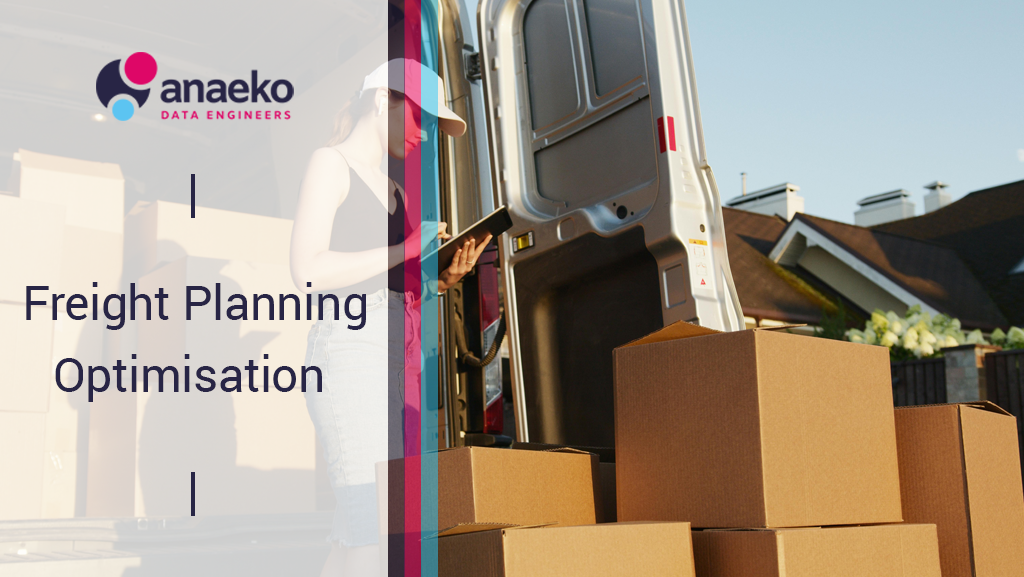Catch up on our recent webinar focused on sustainability within the transport sector. This is the second in a three part blog series that captures the discussions from the webinar.
Welcome David Crangle, Head of Fleet Sales from Simplicity Group.
Hello, I am David Crangle head of fleet sales for Simplicity Group based in Ireland. Simplicity Group operates across various industries, including government, transportation, service, and industry, particularly focusing on bus and coach sectors. As providers of big data telematics, we receive extensive feedback from these industries.
A common concern we have been hearing is: Where to start with transitioning to electric or hydrogen vehicles? There is complexity involved, it's not as simple as just selecting a specific vehicle. There are numerous considerations, including timing and decision-making processes.
So what can be done now, rather than waiting for manufacturers to reduce costs or make advancements in electric or hydrogen vehicles. Despite uncertainties about future developments, there are actions that can be taken immediately.
I'd like to illustrate through customer experiences what we're currently undertaking and how individuals are utilising this information. I aim to provide insight based on our observations over the years.
It appears that with the recent focus on sustainability and reducing CO2 emissions, people are now viewing this data through a different lens, giving it more weight and consideration.
What are the emission scopes for transport?

There are three distinct scopes that we typically encounter within the transport and logistics industry. Most people fall under Scope 3, which involves non-owned vehicles. This often includes partnerships with companies like pharmaceuticals and large supermarket chains.
Companies within that scope place significant demands on the transport and logistics sectors to ensure;
- Timely deliveries
- Meet Key Performance Indicators (KPIs)
- Adhere to deadlines
Companies should also be interested in understanding the environmental impact of these operations. Including CO2 emissions generated by their deliveries.

The method we commonly observe, based on GHG (Greenhouse Gas) Protocol Standards, relies on a fuel-based approach. This entails tracking the fuel consumption of vehicles to calculate CO2 emissions. This calculation considers various factors such as vehicle type (petrol, diesel, electric, hybrid, CNG, LNG), with more variables likely to emerge in the future.
By utilising these methods, the systems in place help to simplify the process and alleviate concerns. They demonstrate that accessing this information isn't as daunting as it may seem; the necessary data is readily available.
How do I start the transition with accurate data?
Many individuals already have systems installed in their vehicles, but the crucial question remains: How reliable and accurate is the data collected by these systems? This data will play a vital role in making informed decisions and ensuring timely access to pertinent information, especially for financial reporting obligations, which may occur on a yearly basis.
For instance, finance departments may require 12 months' worth of CO2 data from vehicles. Without the appropriate technology, this process might involve cumbersome methods such as relying on fuel cards and driver-reported odometer readings, making data collection challenging.
Obtaining this information should not be daunting. Much of it is already available through vehicle systems. The key is to ensure that systems are connected to the right vehicles and equipped with the necessary technology to provide accurate and reliable data, facilitating informed decision-making moving forward.
Use Case: How TST Group Enhances Efficiency and Customer Satisfaction

https://tstgroup.uk/2024/04/16/driving-innovation-in-logistics/
TST use a customer-centric approach that prioritises customer satisfaction, punctuality (ETAs), and compliance. They've recently undergone significant growth, marked by multiple acquisitions. However, these acquisitions brought challenges as the acquired companies operated on different platforms, each providing varying levels of information.
This discrepancy made it difficult for them to standardise processes and implement changes effectively. For instance, one platform might provide driver behaviour scores based on specific parameters, while another platform lacked the necessary data or employed a different calculation method. Additionally, inconsistencies arose from using vehicles manufactured by different companies, each with its own calculation methods.
So the initial strategy involved consolidating all data into a single source. From there, we aimed to leverage this data across various aspects of their operations. This included improving productivity, ensuring health and safety compliance, enhancing efficiency, and promoting sustainability initiatives.
Additionally, we focused on ensuring that their data management system was future-proofed, capable of accommodating the evolving needs of their growing business.
What's the significance of consolidating everything into one platform?
It's all about streamlining operations. When you look at fleets, you're dealing with diverse customer expectations across different sectors. In government services, the public expects efficiency, while in transport logistics, customers demand timely updates on deliveries.
As we examine the planning environment, it's not just about vehicle data. It involves the entire process from customer jobs being scheduled and dispatched to drivers. This planning phase holds valuable information, especially regarding decarbonisation efforts, which can greatly simplify day-to-day operations.
Integration with CAN (Controller Area Network) data, which pertains to vehicle systems, is crucial here. Unlike standard telematics systems that provide GPS information through a three-wire install, advancements over the past decade have enabled us to access live, credible data directly from vehicles. This allows for more informed, real-time decision-making.
Decarbonisation Vehicle Data
When considering decarbonisation efforts and analysing vehicle data such as fuel consumption, driving hours, and mileage, the significant advantage lies in optimising job efficiency.
The focus is on finding ways to complete tasks with less fuel consumption. This involves enhancing planning processes and route efficiency. One strategy is implementing truck-specific route mapping instead of relying on generic telematics mapping systems.
Truck-specific mapping takes into account vehicle dimensions like height, width, and length, ensuring that routes are tailored to each vehicle's specifications. This means planners can select routes with confidence, knowing that factors such as low bridges are considered, simplifying their daily decision-making processes.
Now, let's delve into the aspect of trailers and the upcoming legislation set to take effect this year.
With new legislation regarding brake testing to commence by the end of June. Under this, brake testing must be conducted with a 65% weight on the trailers. Requiring them to be taken off the road four times a year for testing. This process not only disrupts operations by diverting trailers from their usual tasks but also increases mileage and fuel consumption for the fleet.
However, with the advent of new systems, there's a solution in sight. These systems allow for connectivity and provide critical data in real-time. Some customers have already transitioned to trailer management systems, enabling them to monitor live loads, optimise journey efficiency by maximising load capacity, and address maintenance issues promptly.
This shift towards proactive maintenance is facilitated by receiving live maintenance fault codes, allowing garages to anticipate and address issues before they escalate. Consequently, vehicles only need to be taken off the road for brake testing once a year, reducing the frequency of disruptions by 75%.
While there are costs associated with testing and transporting vehicles to test centres, it's worth noting that the new legislation mandates testing with loaded trailers. This change may result in more trailers failing initial tests and necessitating retests. Despite these challenges, the implementation of these systems presents tangible benefits such as reduced mileage, improved driver efficiency, and decreased fuel consumption and CO2 emissions, offering immediate opportunities for optimisation.
Example: A fleet comprising 500 trailers conducted a cost analysis and found significant savings. They determined that implementing these systems to extract data directly from the trailers resulted in savings of £1000 per vehicle. When extrapolated, these savings translate into substantial reductions in fuel costs, CO2 emissions, and overall decarbonisation efforts, effectively lightening the fleet's environmental footprint.
What can I do with the data I have now?
It's essential to start by assessing your current situation and resources, then making improvements within the business, internal processes, and with drivers and management.
Consider a typical day for a driver. With telematics, you can now efficiently manage customer requests, dispatch jobs to drivers, provide real-time estimated time of arrival (ETA), and send notifications to customers regarding arrival times that are realistic and accurate, minimising unnecessary rerouting.

Telematics software is tailored to each vehicle, ensuring efficient mileage management for both the vehicles and customers, with CO2 reports readily available.
A significant advancement is the ability for systems to provide active feedback to drivers in real-time, eliminating the need for regular in-person meetings. While periodic reviews are still valuable, real-time feedback enables immediate adjustments and improvements.
Regarding decarbonisation efforts, the focus is on understanding the current vehicle fleet, extracting relevant data, and leveraging available tools and systems to optimise performance and reduce environmental impact.
Conclusion
In today's transport and logistics landscape, we have a multitude of systems: planning systems, transport management software, telematics, and maintenance systems. But the crucial question is: Do they all communicate effectively?
We ponder whether these systems collaborate seamlessly toward the common goal of achieving efficient fleet management. For instance, when generating fuel reports at the end of the year, the last thing you want is to spend weeks sifting through data from various sources, dealing with discrepancies in mileage and inaccuracies in fuel usage.
By integrating these systems, we eliminate these concerns. We ensure that you have access to real-time, reliable data, enhancing efficiency and accuracy. This integration also extends to environmental considerations, aligning with our eco-conscious initiatives.
This approach allows us to not only provide accurate vehicle data but also seamlessly integrate with other systems like transport management and maintenance systems, ensuring that data flows smoothly to where it's needed.
In essence, this integrated approach forms the foundation for embarking on the decarbonisation journey today, facilitating informed decision-making and sustainable practices.
CHOOSE SIMPLICITY GROUP
Simplicity Group is at the forefront of fleet management in the UK and Ireland. It’s their commitment to stay ahead of industry trends. Offering you the most innovative and efficient solutions available. Their customer-centric approach, and strong partnerships, provide the highest level of service. They deliver solutions tailored to your specific business needs.
Anaeko’s expertise can drive your transport services to new heights. Anaeko analyses, ingests and consolidates internal and supplier data into a combined Azure data-warehouses and PowerBI dashboards that deliver data insights through KPI reports, historical trends and drill-down analysis across your business.
Join our next webinar:
Topics: Open Data, data discovery, data sharing, transport, sustainability





